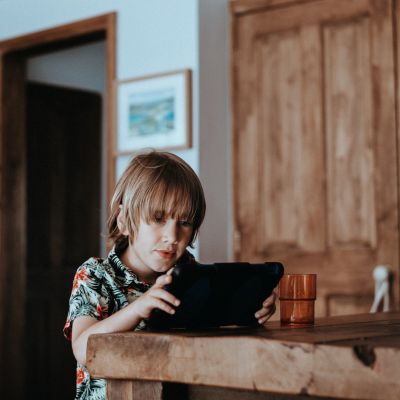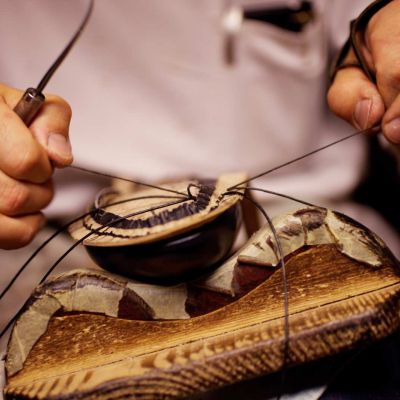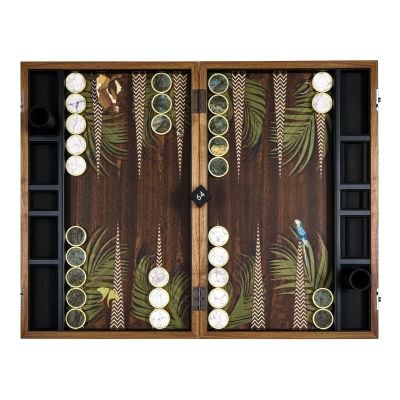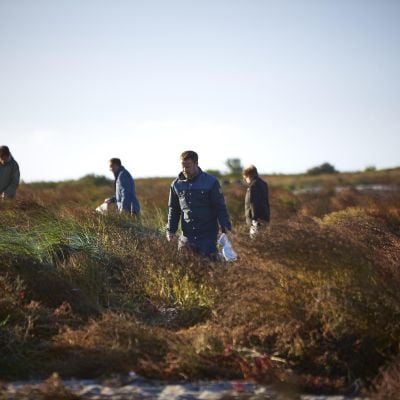Apps and Arpeggios
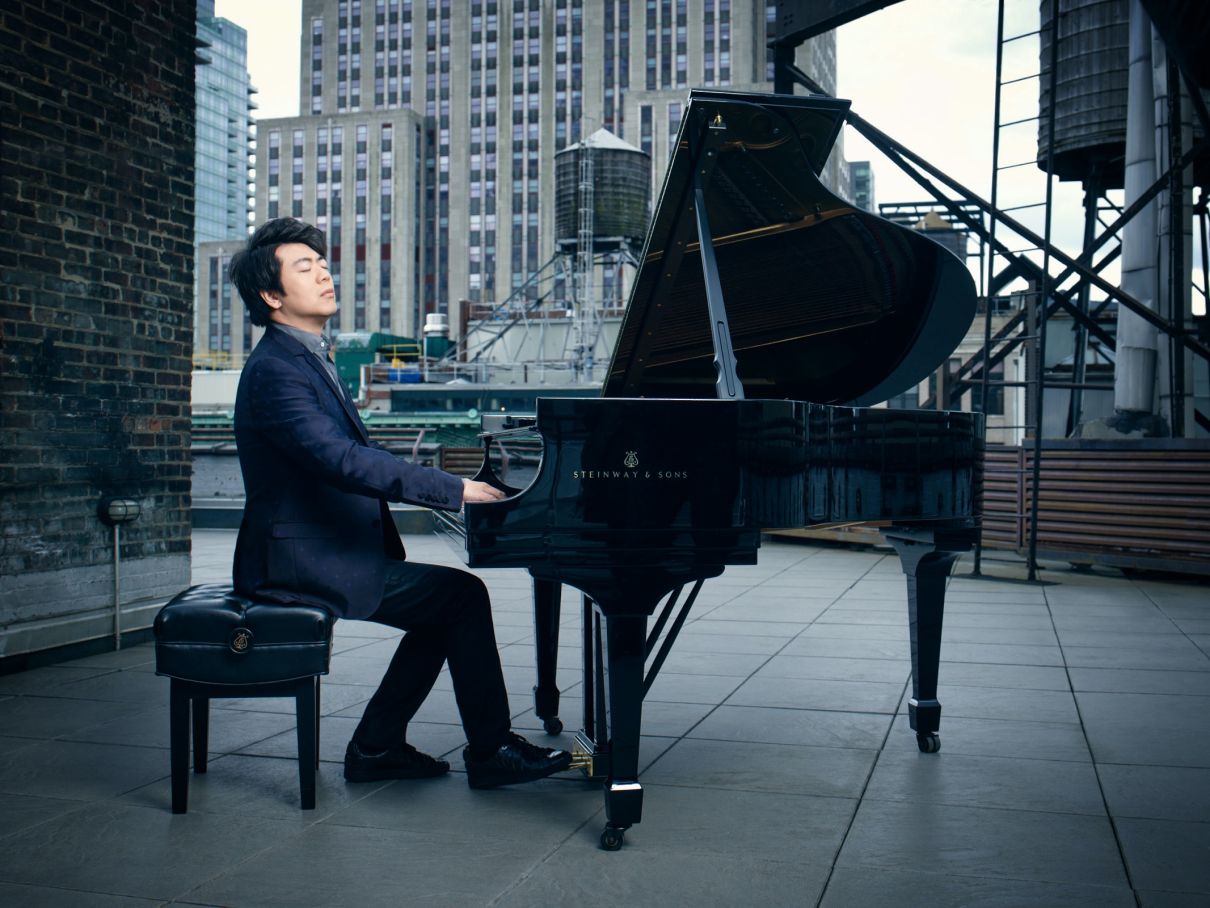
Since 1853 Steinway & Sons has been considered the Rolls-Royce of piano makers; now it is entering a new era of technology.
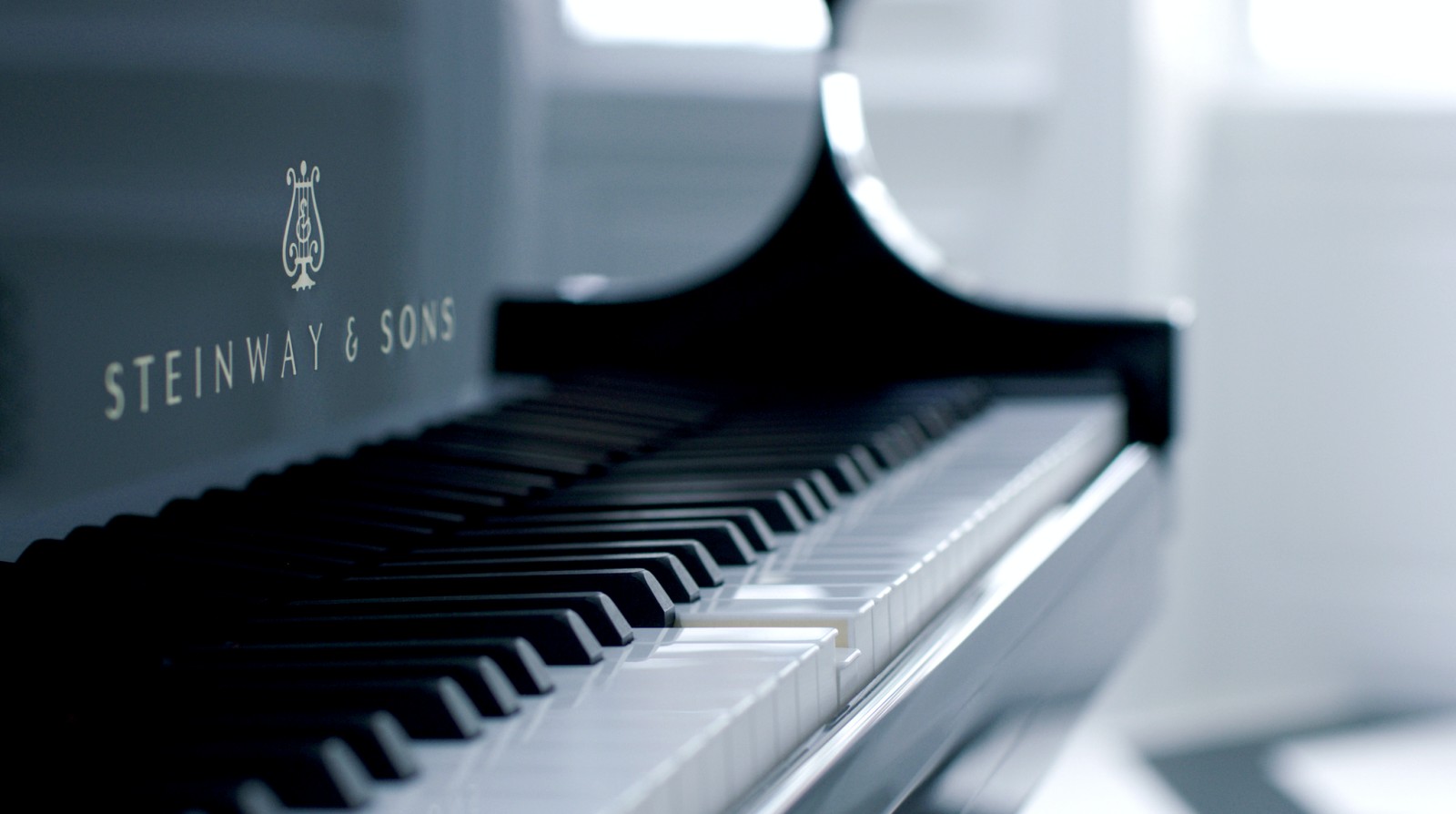
An expectant silence descends within Hamburg’s iconic Elbphilharmonie Grand Hall as a single spotlight falls onto the stage, illuminating a grand piano.
The innovative vineyard architecture in the concert hall, designed by Swiss architects Herzog & de Meuron, means that every member of the audience is no further than 30m from the stage. The acoustics of this room are second to none; the ethereal 3D-printed ‘white skin’ walls resembling the myriad of alveoli inside a human lung.
The stage door opens; the audience takes a collective breath, expecting Chinese virtuoso star pianist Lang Lang, tonight’s billed performer, to enter. No one appears. Is there a mistake? But no, the spotlight makes its way across the stage to the piano, where it settles. Suddenly, a ghostly presence springs to life as the keys of the piano, a Steinway & Sons Spirio| r, starts playing a melody all by itself, with no pianist in sight. A screen above the piano switches on to reveal Lang Lang, indeed playing the piano, but from a studio on the outskirts of the city.
The 40-year-old star (and reported Disney aficionado) is hammering out his own stunning version of ‘We don’t talk about Bruno’ from the film Encanto, remotely, thanks to the new technology of the Steinway Spirio. During the 20-minute interval, Lang Lang makes his way across the city and reappears in the second half, this time to play for the audience in the flesh.
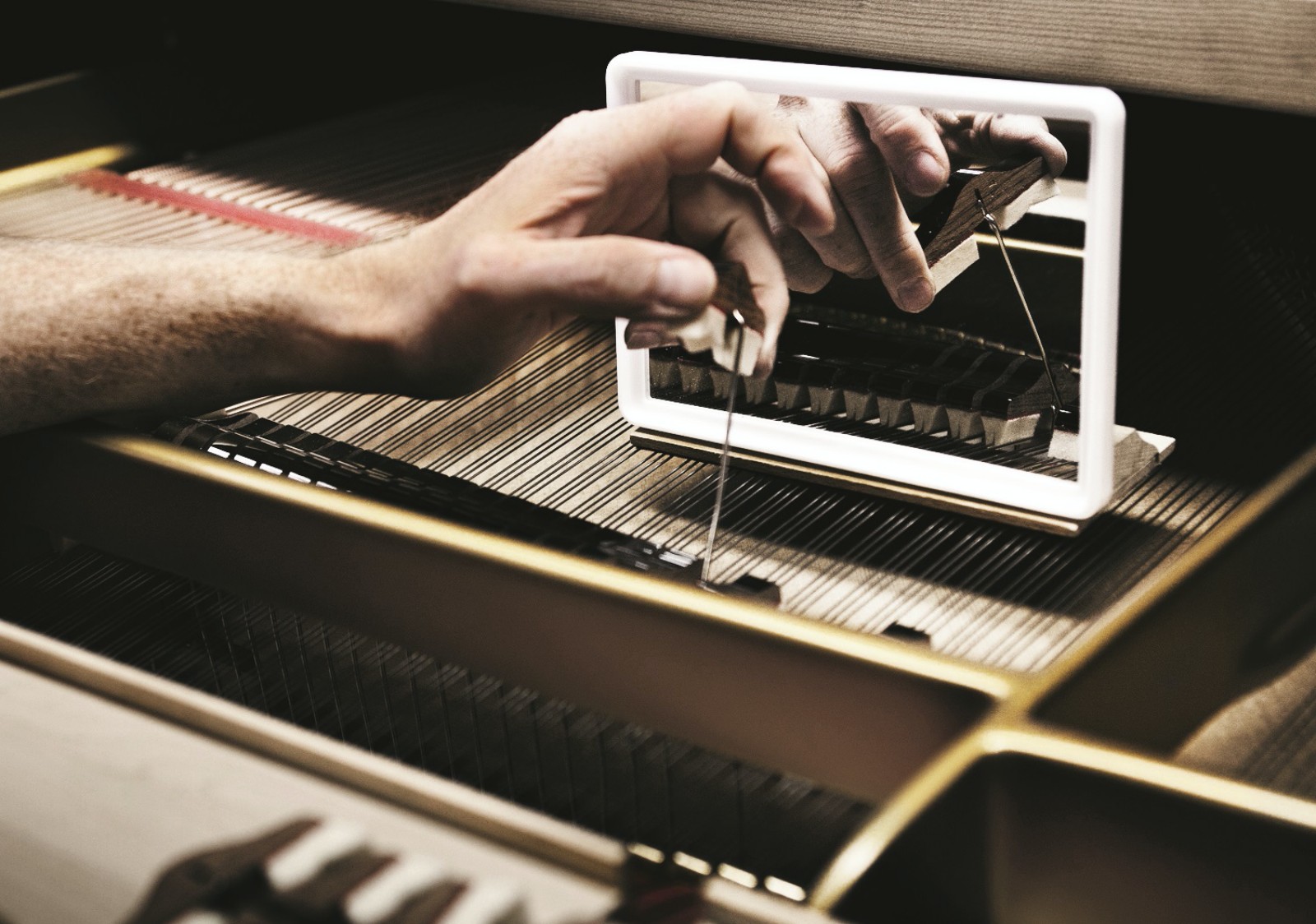
This is the latest technology revealed by Steinway & Sons, the piano-maker established in 1853 by Heinrich Steinweg, which fast became the preferred instrument for Franz Liszt and Richard Wagner and, today, is the choice of many concert pianists, such as Diana Krall, Lang Lang and Billy Joel.
The Spiriocast is a software that allows live, remote, high-resolution performances from one Steinway & Sons Spirio piano, to another, in real time, no matter where in the world they might be. It’s a smart move by the 170-year-old New York-and-Hamburg-based piano maker. For most of its buyers, a piano is more a work of aesthetic perfection to be displayed rather than a musical instrument to be played.
Two thirds of Steinway piano owners do not know how to play the piano, according to Steinway’s chief technology and innovation officer, US-based Eric Feidner, speaking at the Hamburg launch of Spirio. He calls the invention “the most important innovation in piano in 70 years”.
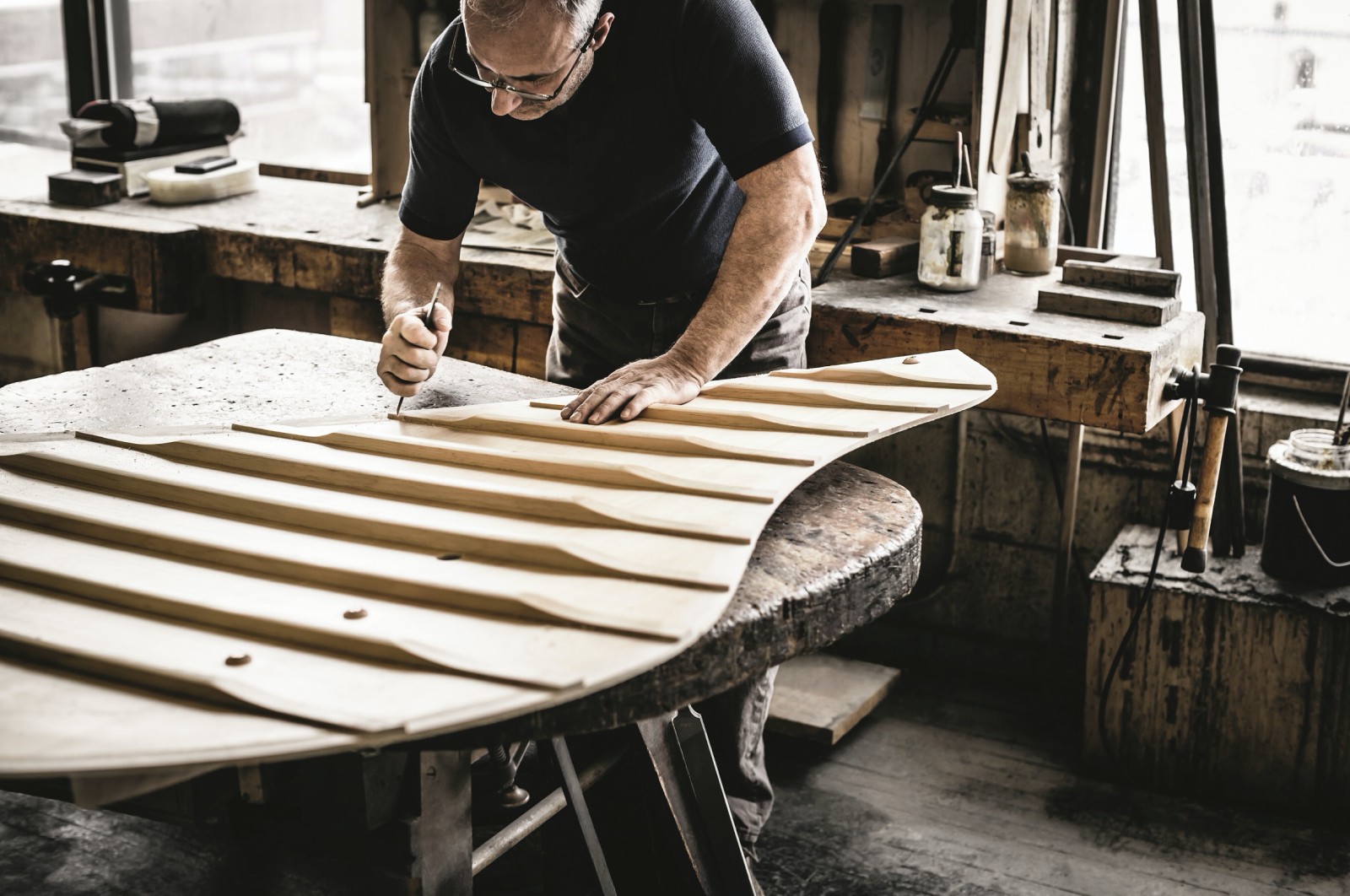
“Until now the company’s focus has been on professional classical pianists. We don’t want to neglect them, but Steinway kind of became set with them,” adds Guido Zimmermann, president of Steinway & Sons Europe, in an interview with Robb Report. “No matter your competency, there’s a real joy in playing a Steinway.” Lang Lang could attest to this; in fact, Steinway is such an important part of his life, he invited Zimmerman to his wedding.
For those non-players who can afford the US$200,000-plus price tag for a musical instrument that they can’t play, it could be a game-changer. Imagine hosting a dinner party at home and tuning into a live concert played by a superstar pianist on the other side of the world, your Steinway Spirio magically recreating every note, to the delight of your guests. Or, you can access an ever-growing music library with a swipe and a tap of your Steinway iPad, (which comes with each piano) to hear the work of artists such as Bach, Beethoven, Duke Ellington, Glenn Gould, Arthur Rubinstein, and Art Tatum.
The technology works like this: the sensor system captures the movements of the piano’s hammers and pedalling, and the Spiriocast software transfers the high-resolution data to recreate an identical, perfectly in-sync, unfiltered audio, video and acoustical experience on however many connected pianos receiving the cast. Video and audio of a performer is captured by the iPad and is broadcast over the internet in synchronisation with the music data.
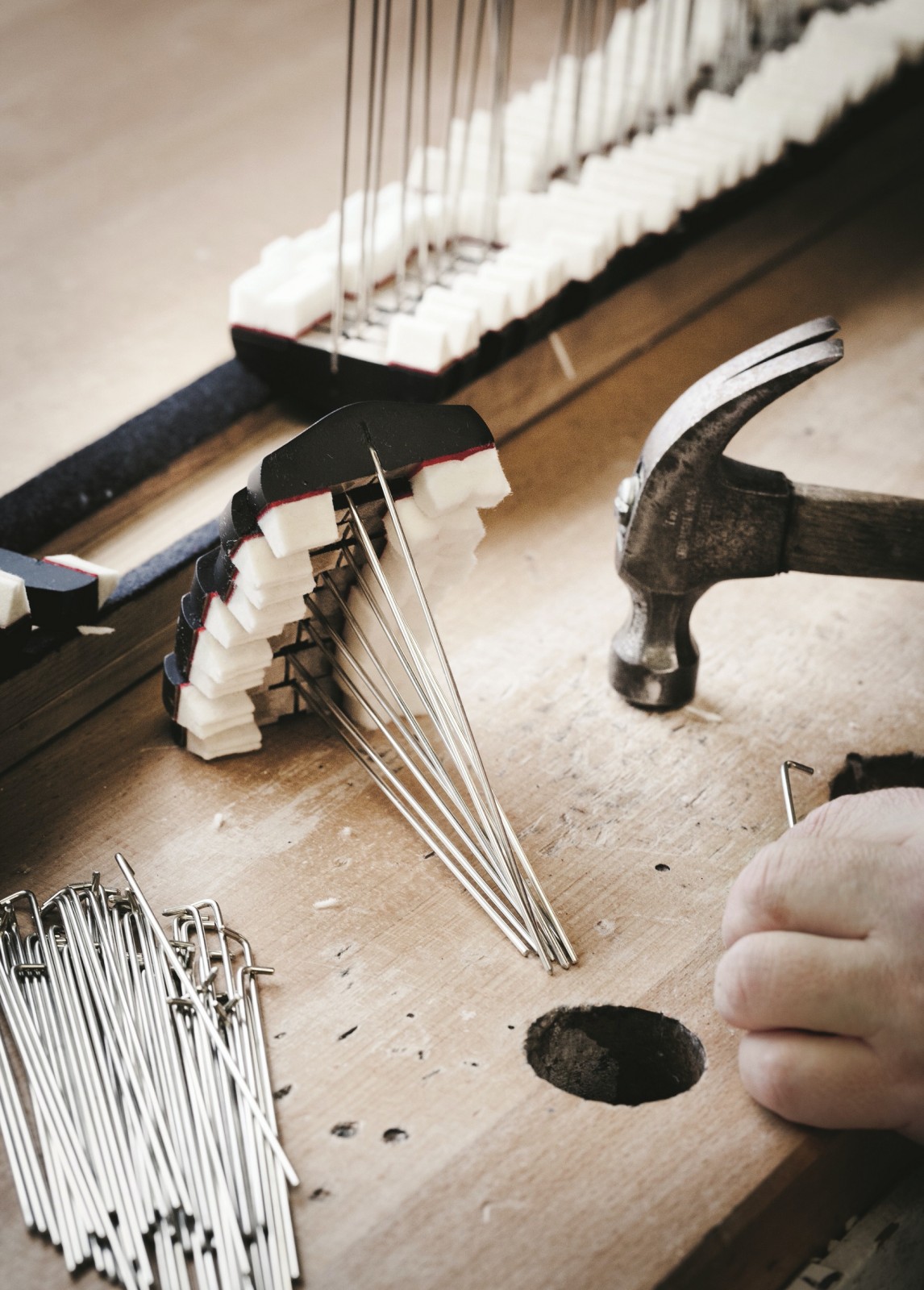
As a Spiriocast host, one can invite listeners to a broadcast from the Spirio app on the iPad. Once the host goes live, video and audio from the iPad will be transmitted to the listener’s iPad, or any connected device, such as an external monitor. When the host plays, the ‘listening’ Spirios perform along in real time, wherever they might be based.
The boom in taking up playing piano in China also bodes well for Spirio, which for Steinway is now the fastest-growing market (the US is still the largest, followed by Europe).
Feidner says buyers have always loved the story of Steinway and its emphasis on craftsmanship; a Steinway & Sons piano takes around 12 months to make and around 12,000 parts to assemble, 80 percent of which is done by hand; the other fifth of the procedures are done by machines. More than 200 craftspeople are involved in the process. Unsurprisingly Steinway’s production is quite limited, at around 1,400 a year.
“These are almost all created by workers, not robots,” says Feidner. “There is soul in the instrument, right from the beginning.”




